The AOC PD27 combines purist aesthetic values from Porsche Design and raw performance from the AGON branding to create a must-have display product. We’ve seen impressive models from the two high-end AOC portfolios, but this is the first time we’ve seen a combination. However, the AOC PD27 costs a pretty penny, so let’s check out what you can expect from it other than its enticing aesthetic.
AOC PD27 Specifications
- Screen Size: 27 Inches
- Resolution: 2560 x 1440 WQHD
- Aspect Ratio: 16:9
- Panel Technology: Vertical Alignment (VA)
- Refresh Rate: 240Hz
- Response Time: 0.5ms
- Contrast Ratio: 2500:1
- Brightness: 550 cd/m²
- Built-in Speakers: Yes (2 x 5 Watts DTS)
- Stand: Height – Yes
- Stand: Tilt – Yes
- Stand: Swivel – Yes
- Stand: Pivot – Yes
- VESA Compatibility: Yes 100 x 100
- Connectivity: DisplayPort 1.4x 2, HDMI 2.0 x 2, USB 3.2 x 2, USB 3.0 x 2, 3.5mm x 2
- Dimensions With Stand(WxHxD): 23.84″ x 23.22″ x 12.68″
- Weight: 19.62 lbs
Design and Features
The AOC PD27 has a lot of similarities to the Samsung G7, but it’s a more sophisticated product overall due to some key features. The monitor has a matte black chassis that is matched to a chromed-out stand which helps it stand out. The display is bezel-free on three sides except for the bottom which has a brushed-finish strip that adds to the monitor’s appeal.
The AOC PD27 isn’t a massive monitor, but its dimensions are slightly deeper than similar models due to its steep 1000r curve and its gorgeous stand. The device needs over a foot of depth from your desk, but the base doesn’t fully contact the surface so you can play around with the spaces in between the legs. It weighs in at more or less twenty pounds, but that isn’t a lot by today’s standards, especially for a feature-packed high-end product.
Build quality for the AOC PD27 is overall excellent since AOC and Porsche Design spared no expense when it came to material selection. The housing feels durable and there are no cosmetic defects on every surface and corner of the monitor. We also didn’t notice any wobbling thanks to the reliable structural strength of the device. 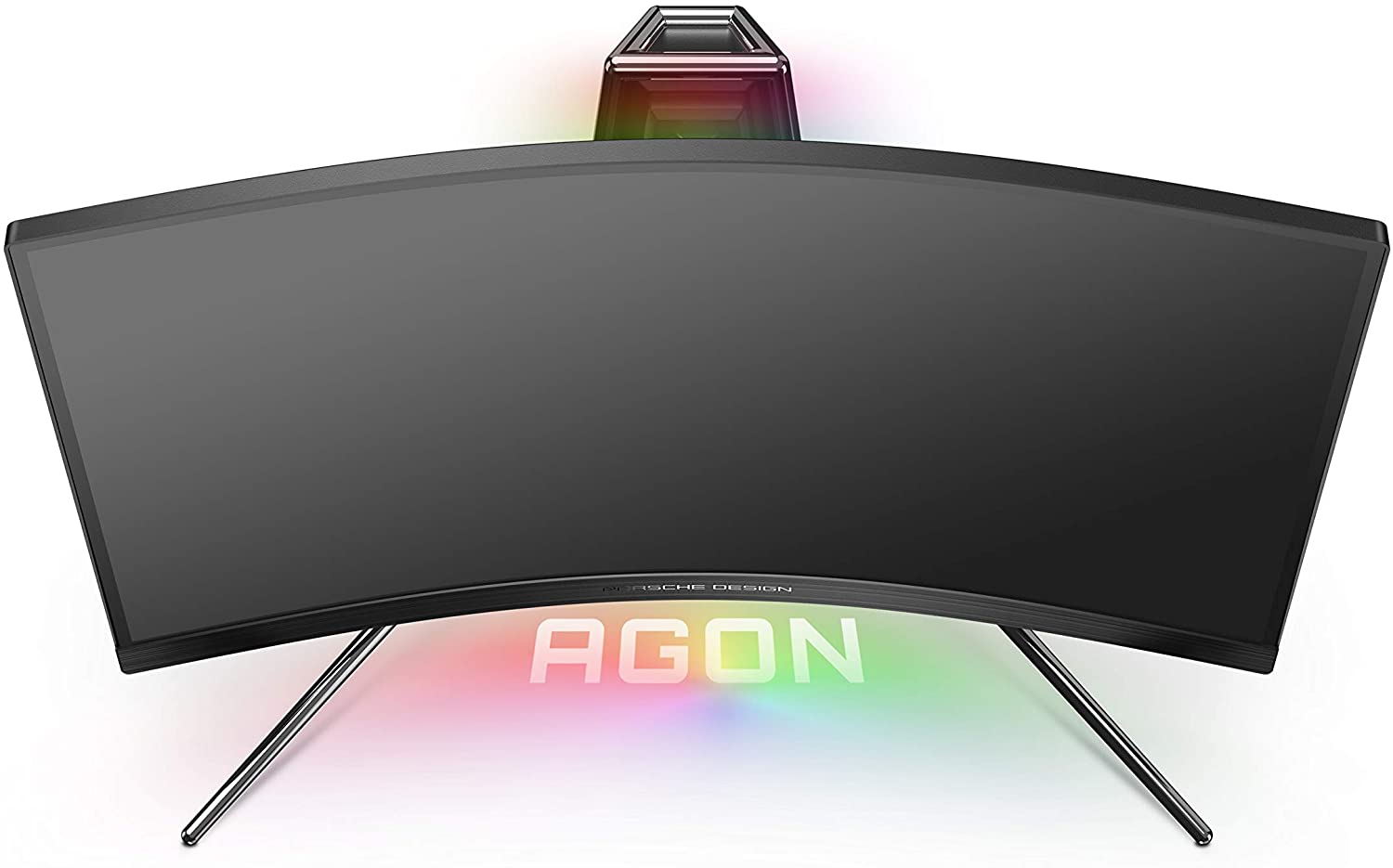
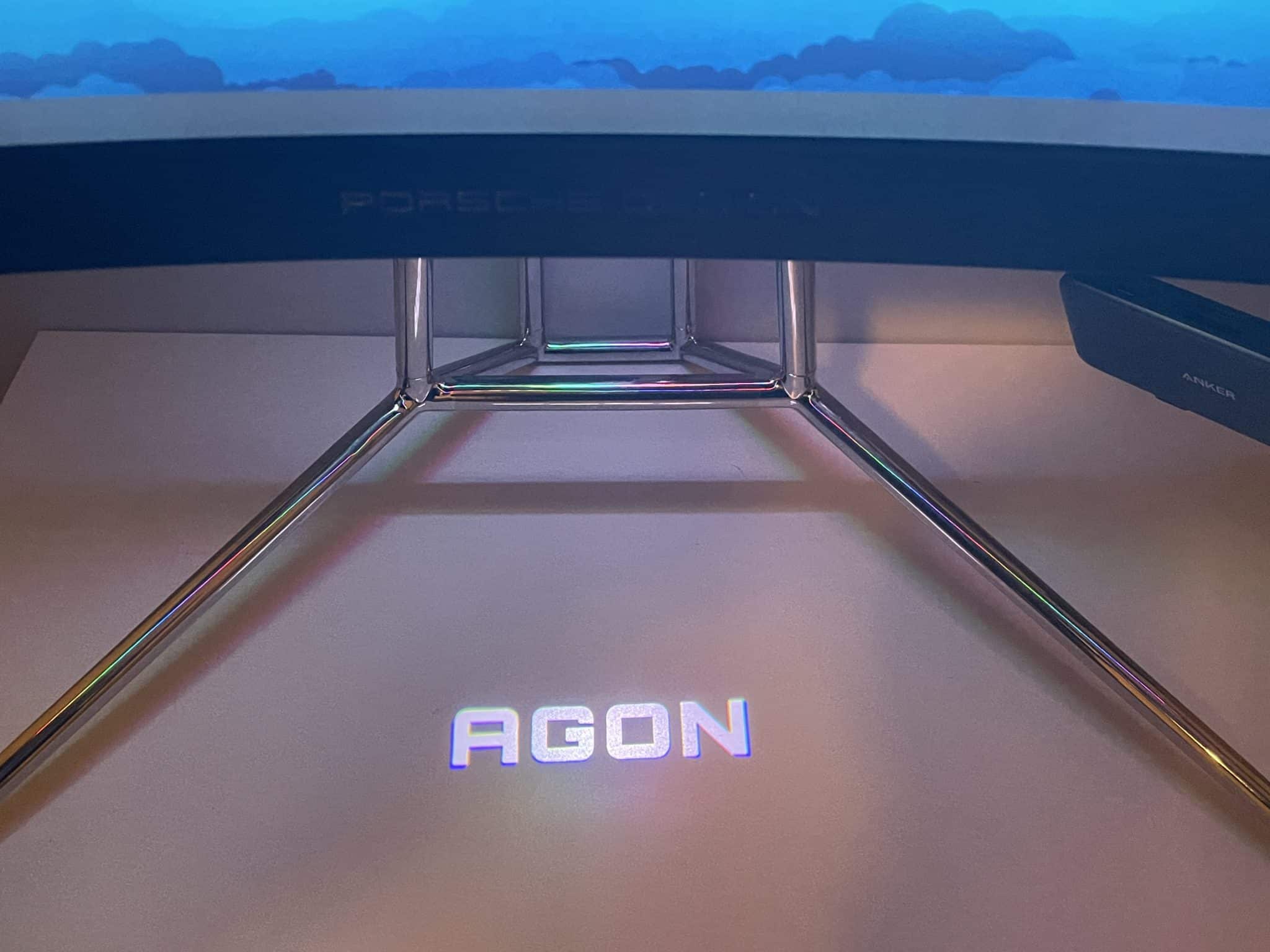
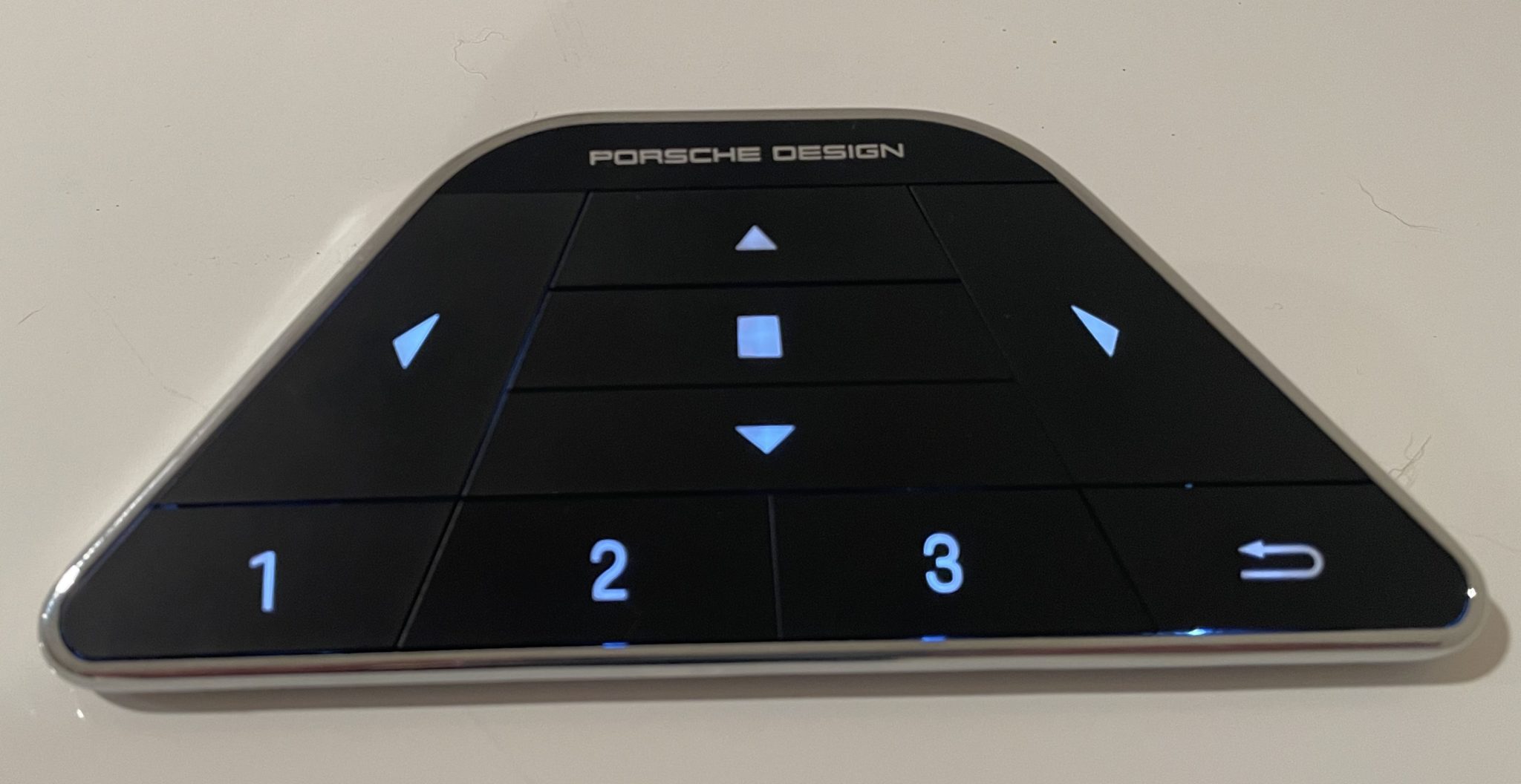
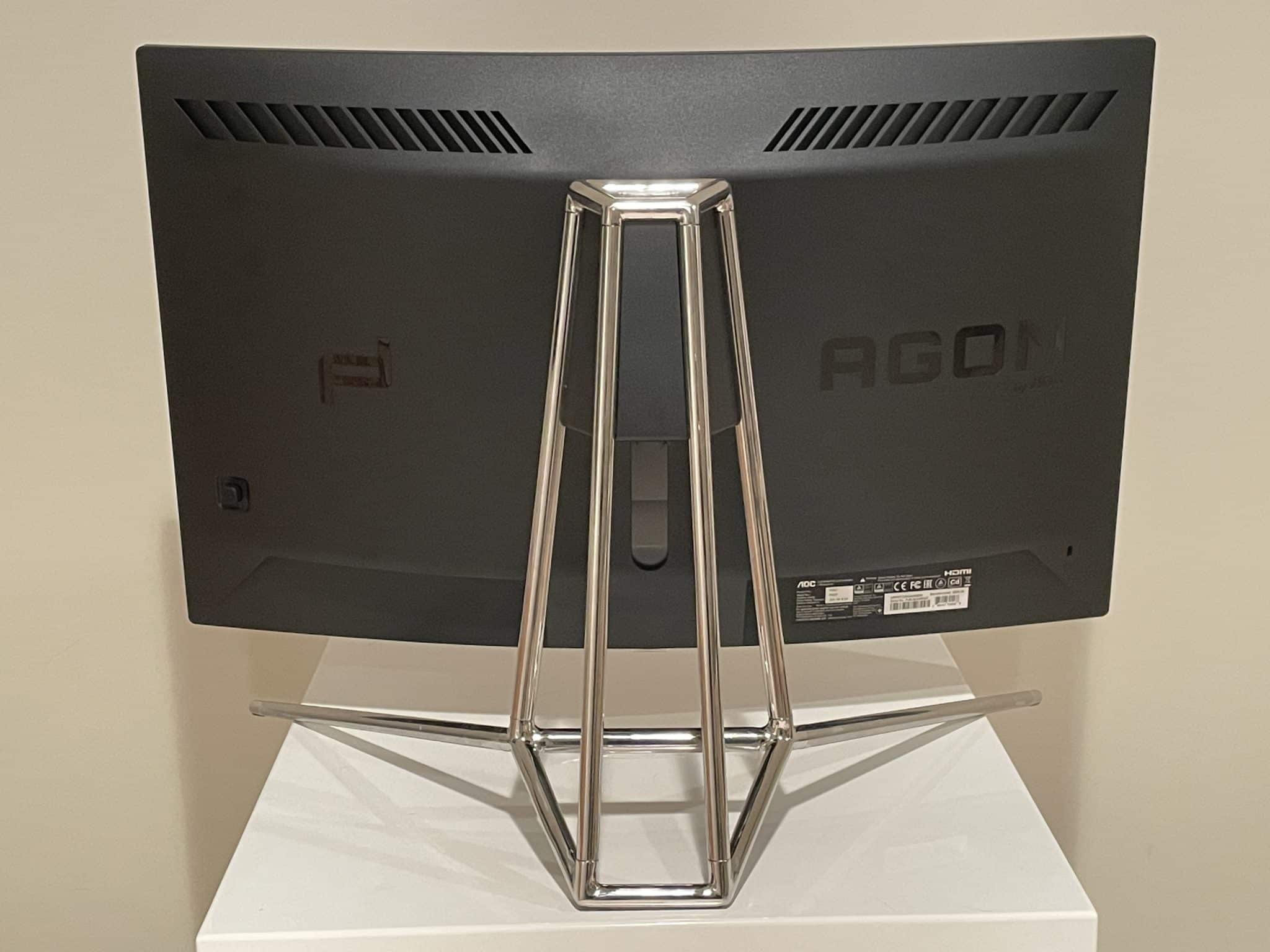
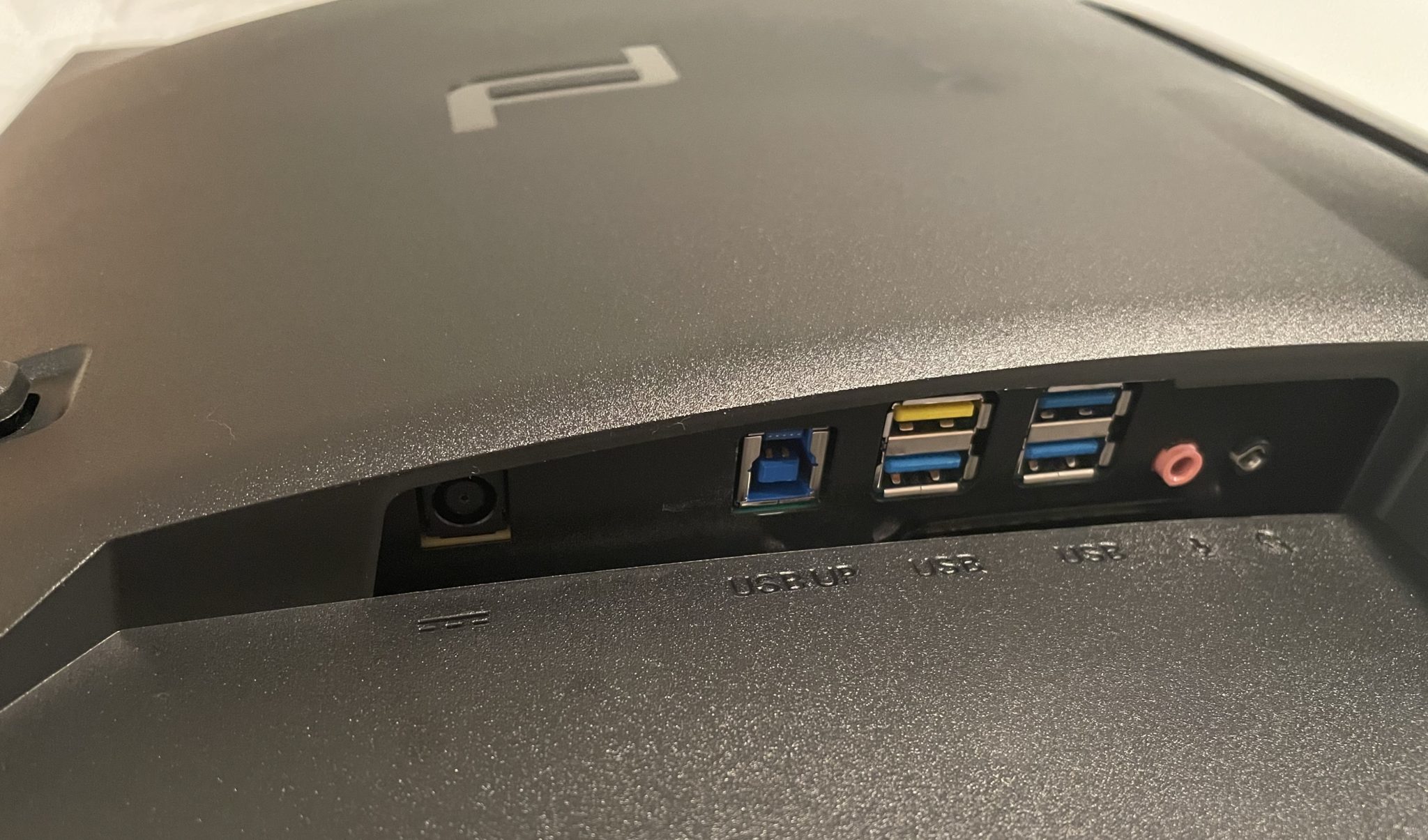
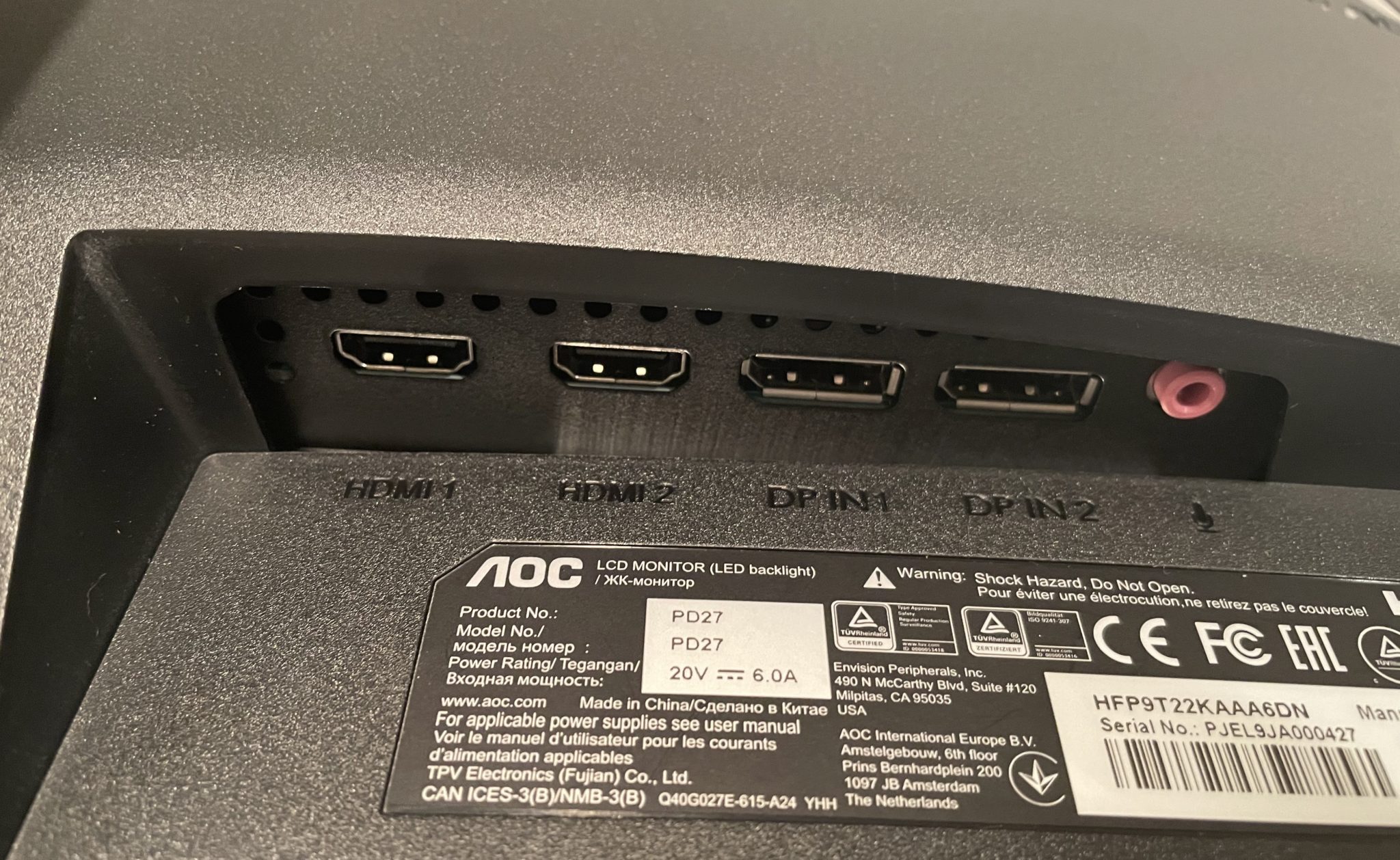
Display and Performance
The AOC PD27 boasts a 27-inch curved VA panel with a 2560 x 1440 resolution, a 240Hz refresh rate, and a 0.5 boosted response time. The backlight is rated at a maximum output of 550 cd/m2, while the contrast ratio sits at 2500:1. This monitor is certified for DisplayHDR 400, so it can only produce minimal improvements if the implementation is done correctly. 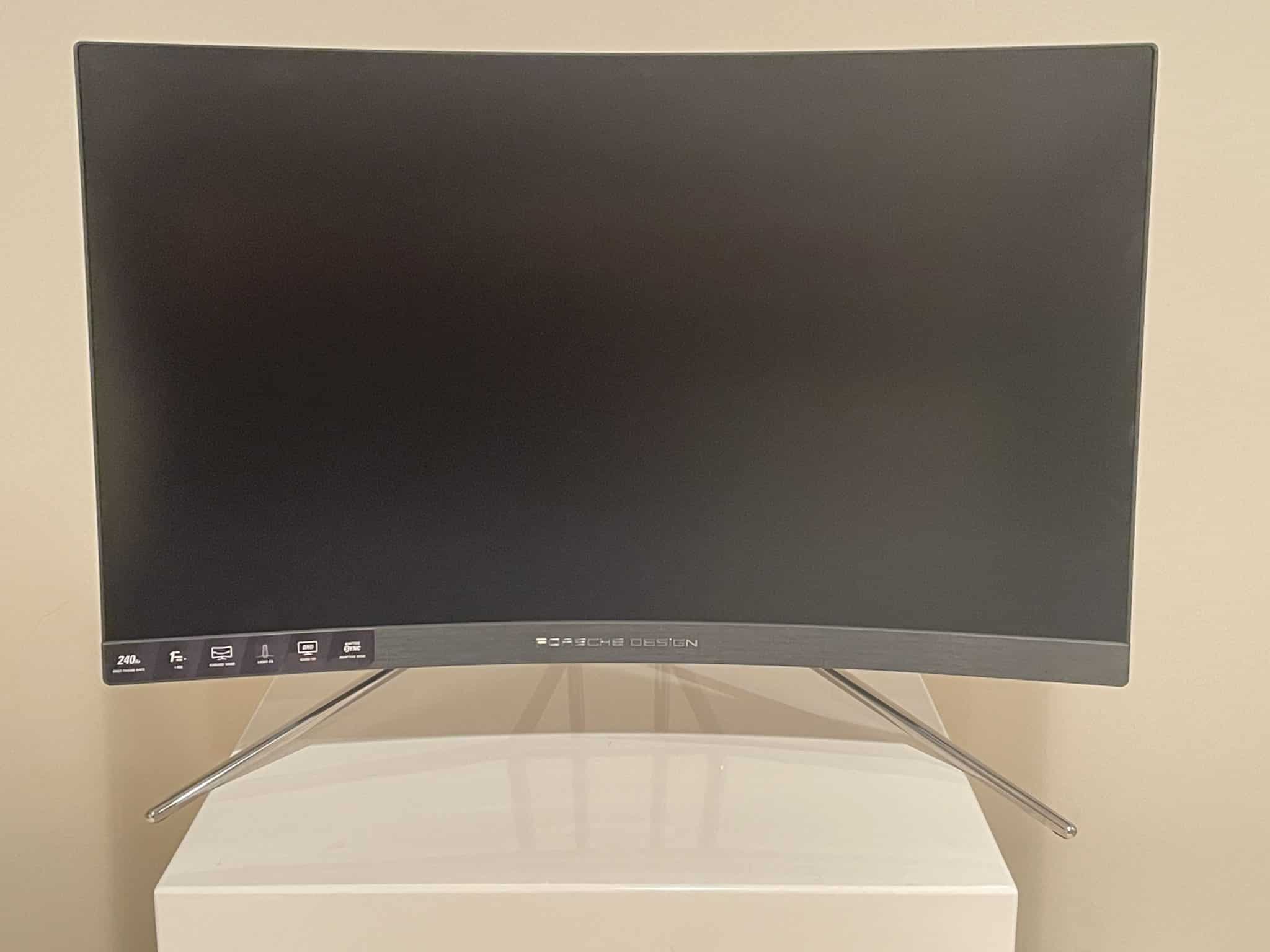
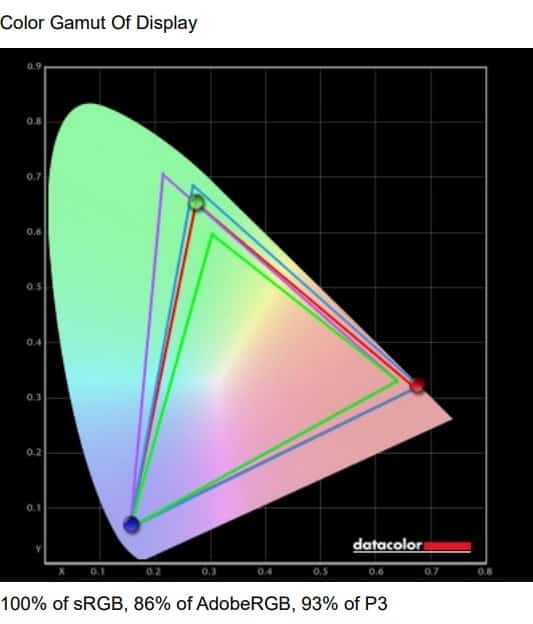
The AOC PD27 is capable of fantastic color thanks to its more than 100% sRGB and 93% DCI-P3 coverages. Color accuracy isn’t great out of the box since the deltaE average sits at 3.62 which shows the oversaturation in red and blue shades. Take note that this aspect varies between every unit since the model isn’t geared towards editing use.
Calibrating the AOC PD27 produced a considerably lower dE average of 1.19 which isn’t the best we’ve seen, but is already excellent for a gaming monitor. You can manually tweak it to get better consistency if you don’t have a colorimeter, but we highly recommend it calibrating it if you do. Again, this aspect varies between every unit since the monitor isn’t advertised as a factory-calibrated model like many prosumer variants.
The AOC PD27’s backlight only managed 530 cd/m2 at maximum, but that’s plenty for daily use so you will most likely turn it down. The screen’s contrast reaches an impressive 3100:1 at 30% brightness in SDR and as much as 3700:1 when the screen’s HDR modes are active. These aren’t enough for true HDR performance, but it is nice to have and play around with if your content or games are compatible.
Panel uniformity for the AOC PD27 is decent since there are no major backlight leaks or clouding issues. The corners have a slightly noticeable variance from the center in dark scenes, but it isn’t disturbingly noticeable when a game like Cyberpunk 2077 or AC Valhalla is running. Take note that this varies between every unit, so there are better and worse specimens out in the market.
The AOC PD27 is capable of handling blurring thanks to its very capable overdrive implementation. Setting the feature to its Medium setting for 120Hz and Strong setting for 240Hz effectively cleans up the screen so the pixel persistence becomes less noticeable. Sensitive users will still be able to see some trails in contrasting and fast-paced transitions, but it won’t be a problem even if you play competitive titles like Valorant.
The AOC PD27 is a FreeSync Premium Pro gaming monitor, but it also works flawlessly with Nvidia’s G-Sync Compatible Mode. this duality is great since you can always switch GPU brands without worrying about losing the monitor’s VRR capabilities. Input lag sits at 4ms at 240Hz which isn’t the fastest, but you’d be hard-pressed to know the difference between this model and the G7 monitors even if you have them side by side.
Thoughts on the AOC PD27
The AOC PD27 is a fantastic 240Hz QHD monitor when it comes to aesthetic design and gaming performance. It is capable of wonderful rich colors once it’s tweaked and it doesn’t compromise when it comes to speed and responsiveness. Porsche Design’s input mixed together with AGON characteristics such as RGB and imaging agility created a product purists and enthusiasts will love.
The biggest hindrance of the AOC PD27’s success against its most popular competition is its $799.99 price tag, although It is understandable that great design doesn’t come free. There are also some limitations in the screen’s characteristics, but most will be able to work around them by taking the time to tinker with the intuitive OSD.
The AOC PD27 is a must buy if you want to add a timeless centerpiece to your setup that embodies bold design, extreme performance, and luxury.
Pros:
- Incredible Design
- Excellent Gamut and Calibrated Accuracy
- High Brightness and Contrast
- Plenty of Features Such as RGB and Wireless Remote
- FreeSync/G-Sync Compatible
Cons:
- Pricey
- Default Accuracy Needs Improvement
- No VESA Mounting
About the Author: 


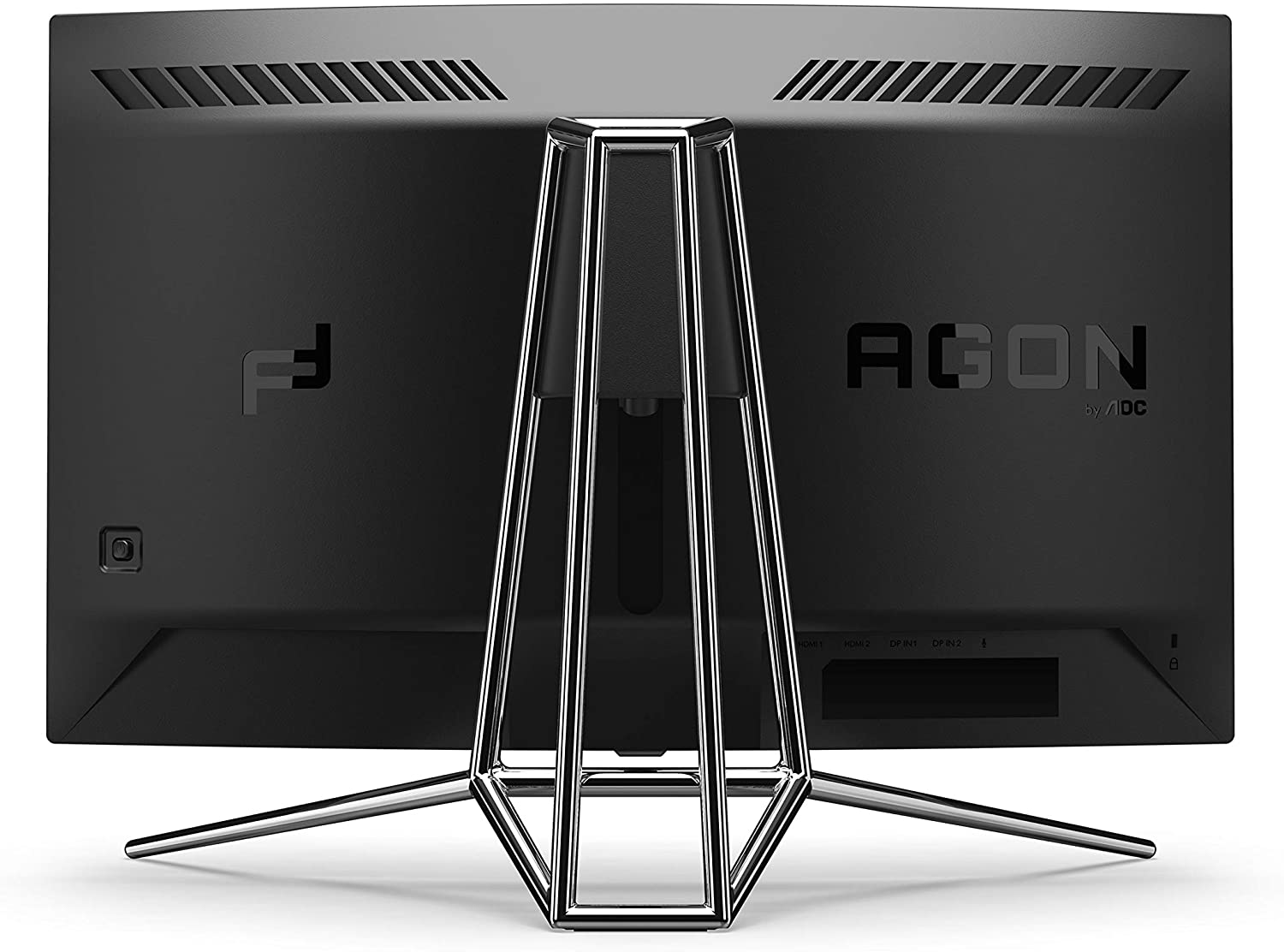
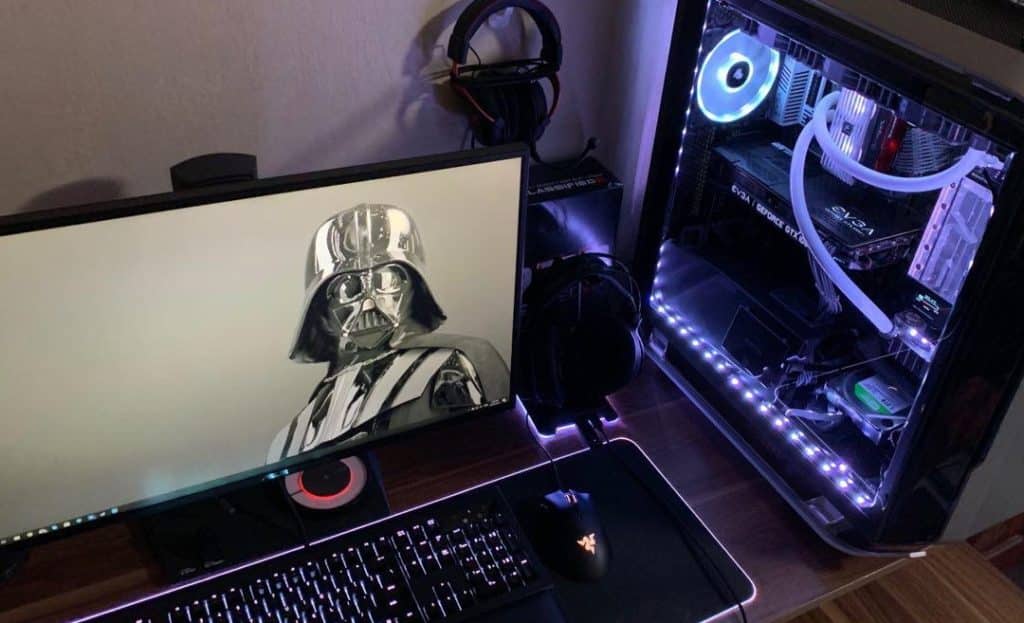
Leave a Reply